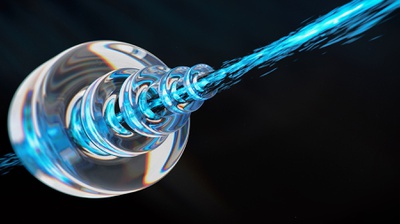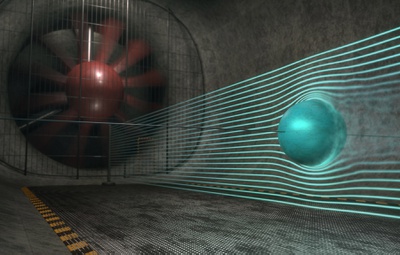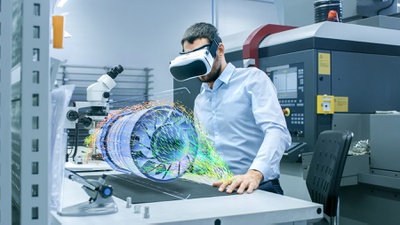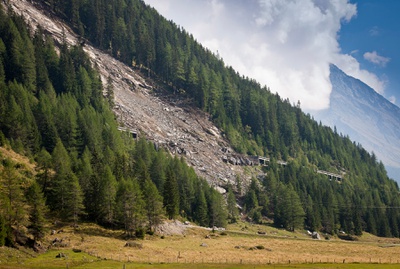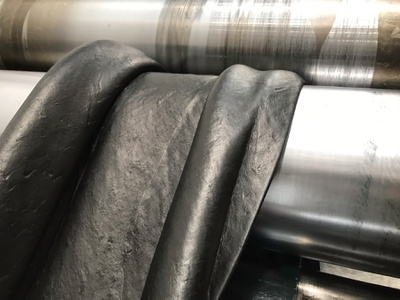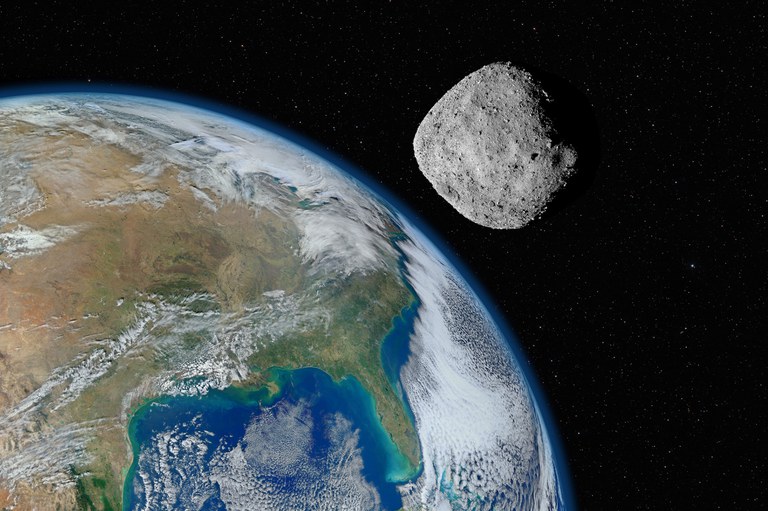
Gemeinsame Asteroidenforschung mit China
15 März 2021
Dr. Thomas Andert, Professur für Raumfahrttechnik, hat im SINO-German Mobility Programm Mittel für das Projekt "Investigation of asteroid shape, precise orbit determination and gravity field recovery using multiple sources data" eingeworben.
Förderer: Chinesisch-Deutsche Zentrum für Wissenschaftsförderung (CDZ)/DFG - SINO-German Mobility Programme
Laufzeit: 01.01.2021 bis 31.12.2023
The China National Space Administration (CNSA) is planning a robotic mission that would return samples from asteroid 2016HO3 and that would visit comet 133P. Detailed studies of the geophysical characteristics of the comet, such as the gravity field, rotational parameter and internal structure, will be performed by combining the data of the radio science experiment and the onboard camera. The derived geophysical parameters are crucial for a deeper interpretation of the scientific data and navigating the spacecraft safely. The proposed project aims to transfer the knowledge and experiences gained by deriving the geophysical parameter like the gravity field of the comet nucleus 67P from ESA’s Rosetta mission toward China’s future comet mission. This will be accomplished in cooperation and collaboration with the team of the Rosetta radio science experiment (RSI) and the team of the Rosetta camera (OSIRIS) both from Germany by combining the ground-based radio tracking and onboard-based optical image data. The ground-based tracking data contain two-way coherent range and Doppler measurements between Earth and the spacecraft at X-band (8.4 GHz) and S-Band (2.3 GHz). The images made by the onboard camera contain landmark feature points on the surface of the comet nucleus. The main goal is the comparison between measured quantities and the corresponding computed quantities, obtained by an orbit determination (OD) software package developed by the applicants using the adopted mathematical models. The scientific output of the OD is the spacecraft orbit, the comet gravity field, the shape of the nucleus, the rotational state etc. computed by applicable least-squares methods. The gravity field will give hints to the internal structure of the comet. It shall also be investigated if deep learning methods can be used to support the data analysis.
Bild: © iStockphoto / dzika_mrowka


